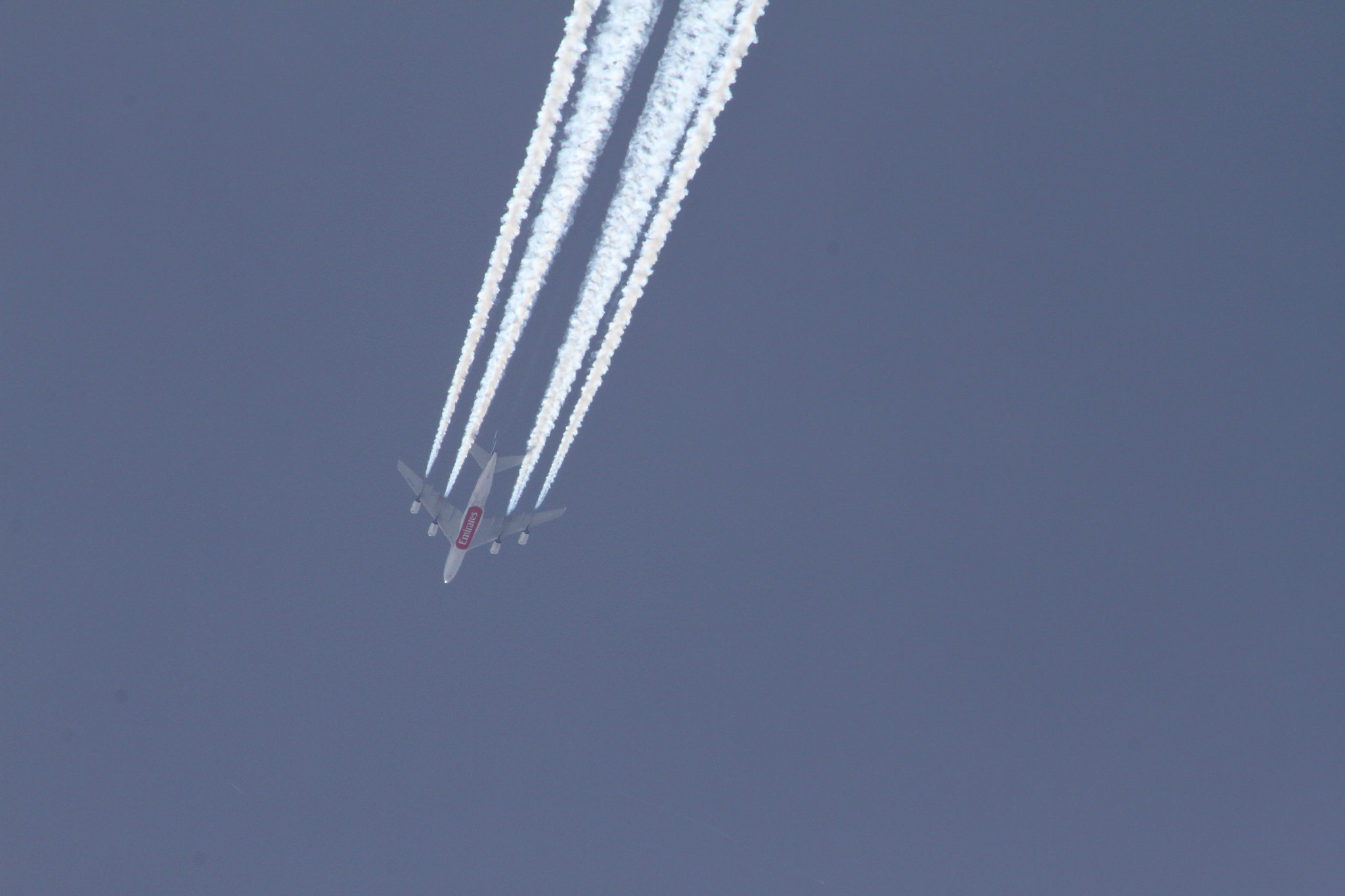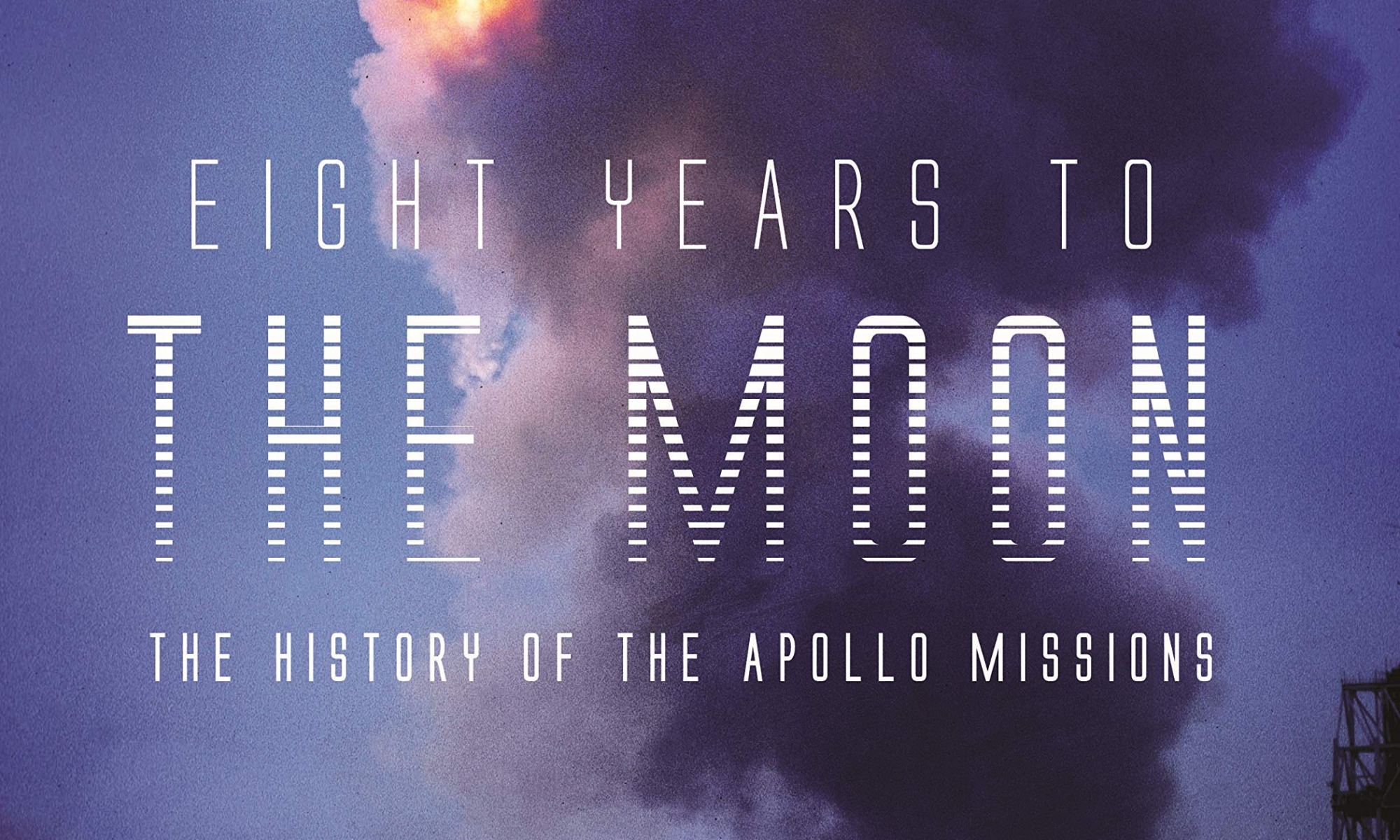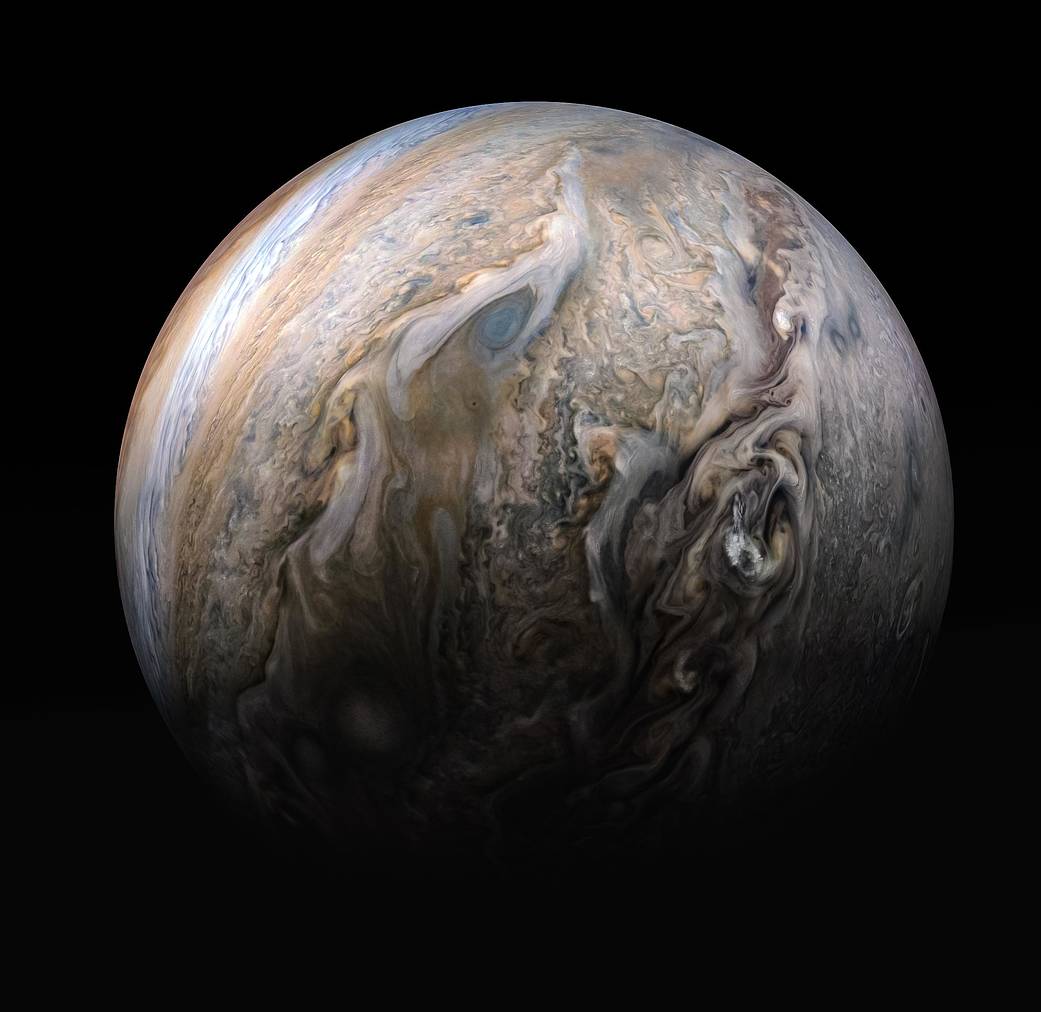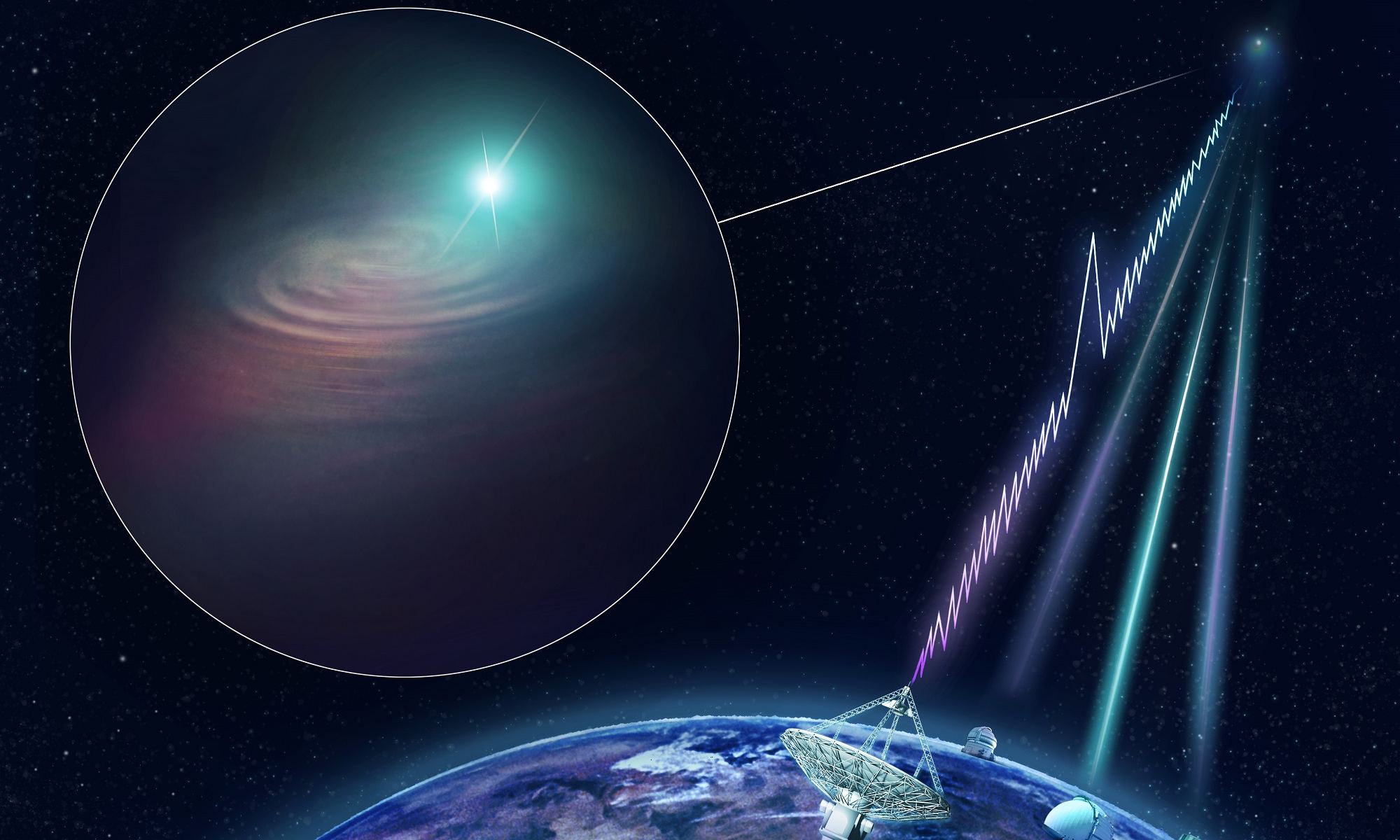Back in May 23rd, 2019, SpaceX launched the first batch of its Starlink constellation, a fleet of satellites that will fulfill Elon Musk’s promise to provide broadband satellite-internet access to the entire planet. The deployment of these sixty satellites was the first in a series of six planned launches that would see around 720 satellites orbiting at an operational altitude of 550 km (340 mi).
Over the course of the past month, SpaceX announced that all sixty of the satellites were responsive, but recently indicated that contact had been lost with three of them. According to a statement issued by a company spokesperson on June 28th, these three satellites pose no danger as they will deorbit “passively” and burn up in the atmosphere.
Continue reading “SpaceX has Lost Contact With 3 of its Starlink Satellites”








